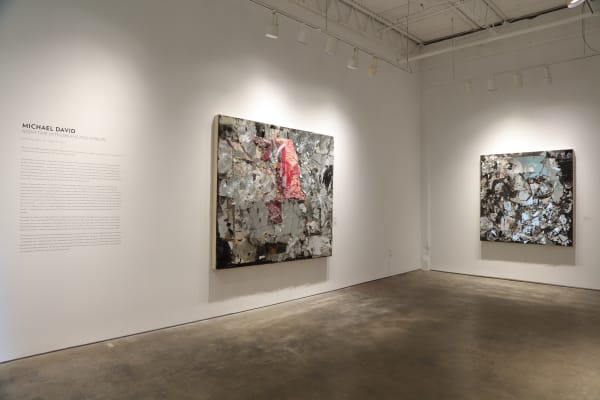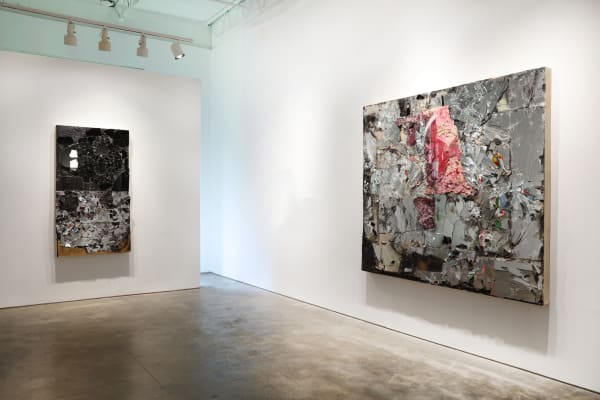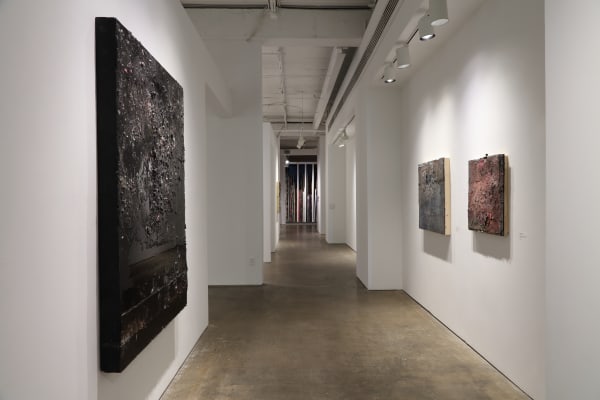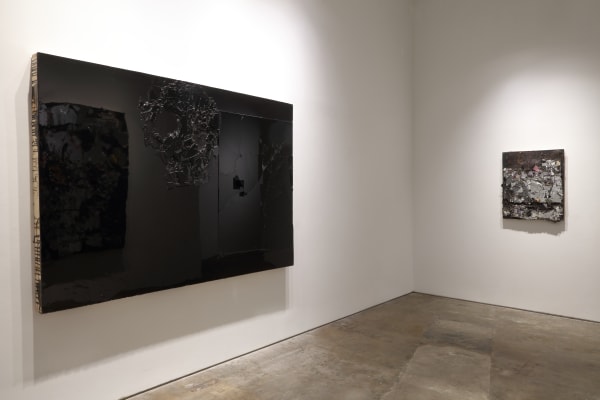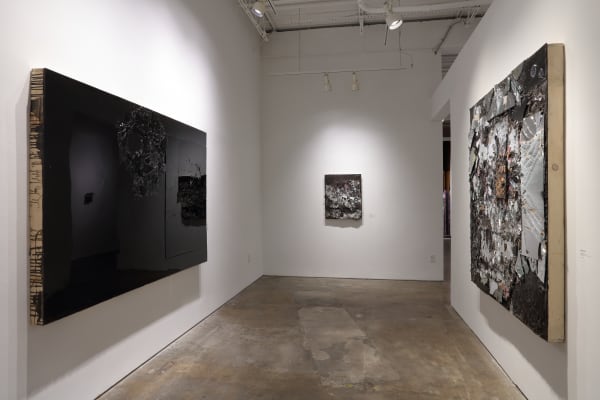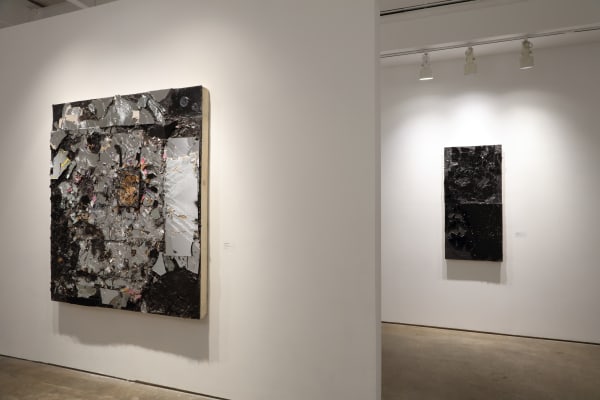Nighttime with Dreams and Mirrors: Michael David
“Michael David has never been one to look away... The artist’s conviction, in art and life alike, is that by shaking things up and interrupting norms to see what’s left standing, steadfastly, upon their settling, he’ll eventually find something that is, and that he might leave newly, right.”
— 'Introspection, Disruption, Discovery: Michael David’s The Mirror Stage’ by Paul D’Agostino
“Vanity of vanities; all is vanity.” Ecclesiastes 1:2 offers a venerable observation of our preoccupation with the material, the temporal, and the ephemeral, encapsulating the essence of the 17th-century Dutch genre of vanitas still-life painting. This artistic wave incorporated recognizable objects and symbols of pleasure, wealth, beauty, and power into artworks as a cautionary reminder that the physical trappings of this world are ephemeral. Emphasis remained on the transient nature of human existence, underscoring the fragility of life and advocating for the discovery of true meaning and purpose through knowledge and wisdom. In this context, David’s interaction with the mirror isn’t merely a first-time self-recognition but a profound reacquaintance with his transformed self — a version only accepted by acknowledging the inherent fragility, imperfection, and mortality that life imparts. His mirror-shattering isn’t just a rebellion against personal or existential despair but a visual meditation on the aftermath of life’s tumults — broken bonds, wounded spirits, life’s inherent brittleness, from which emerges through genuine self-reflection, and humility.
These themes perhaps reach their apotheosis in Marsyas (for Astrid and Daniel), the largest work in the exhibition, where David re-imagines Titian’s masterpiece The Flaying of Marsyas, a painting about pain and the ensuing punishment from vanity. Worked on for over nine months, reassembling thousands of pieces of broken mirror through dozens of iterations, David creates a work where light emerges from the darkness – making manifest the viewer’s reflection inherent to its completion. This ever-changing reflection actualizes a temporal, unimagined space filled with light, where one becomes a part of something larger than oneself.
